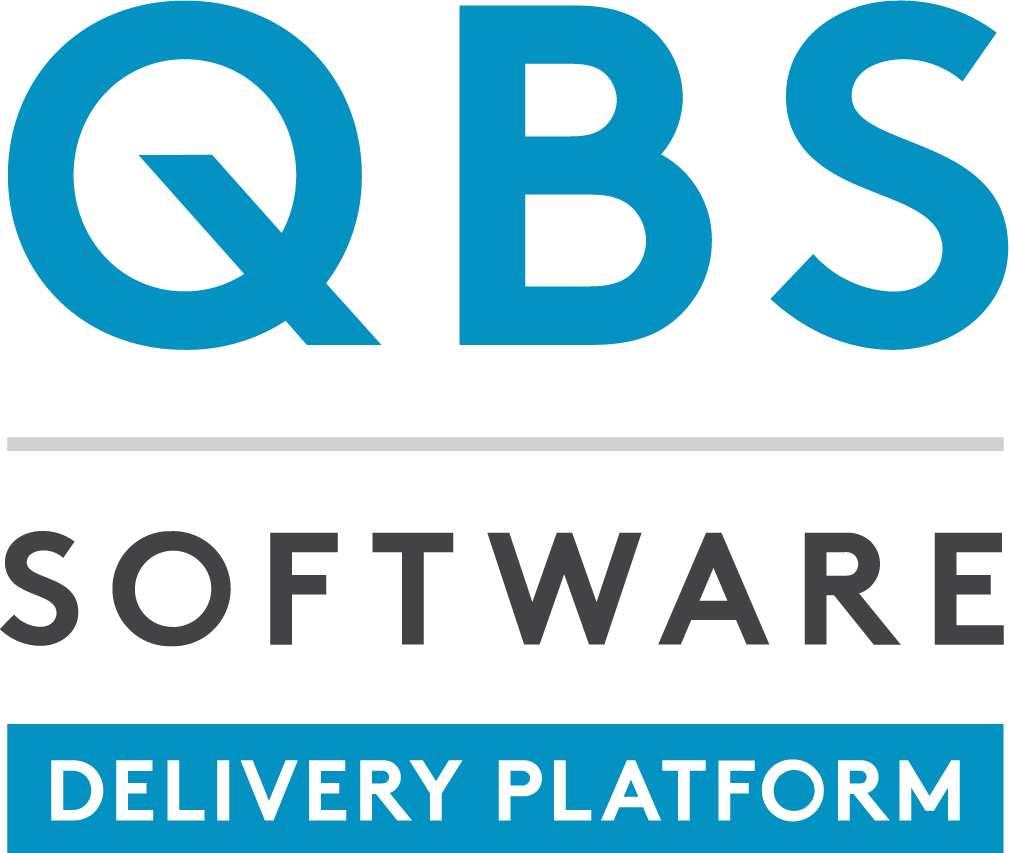
Need more information on this product?
Please contact us on +44 (0)20 8733 7100 or via our online form.
If you are not currently a customer, you can apply for an account.
Total Access Statistics runs as an add-in for Access and offers a wide range of statistical functions to analyze your data.
Microsoft Access queries offer rudimentary data analysis. For more advanced computations and real number crunching, programming is required, sometimes lots of it, or you need to export your data to another program.
Microsoft Access queries offer rudimentary data analysis. For more advanced computations and real number crunching, programming is required, sometimes lots of it, or you need to export your data to another program.
Features:
- Supports the Access 2007 ACCDB database format and new field types
- Supports ADP data in tables, views, stored procedures, and user defined functions
- Calculates Running Totals and Moving Averages
- Supports parameterized queries
Total Access Statistics - Features
Total SQL Statistics provides statistical functions for Visual Basic and Visual Studio.NET developers using SQL Server data. Functions are provided for analysing data stored in SQL Server tables, views, stored procedures and user defined functions. Total SQL Statistics comprises two parts: an interactive Statistics Scenario Designer that is a standalone program for specifying which database, data, fields and analysis to perform and a DLL component that performs the analysis. Design analysis scenarios by running the standalone Scenario Designer program and run them from a program with a DLL call into a distributable run-time library. Only the structure of the scenario is saved so that analysis is always performed on the current data. It is licensed on a per developer basis and includes royalty-free re-distribution rights. Versions are available for Microsoft Access 2.0 - 2003.New Features include:
- Random, ranking and normalise analysis types
- Support for Microsoft Access 2003.
Features include:
- Supports SQL Server 7.0 and 2000: the latest SQL Server versions
- Interactive Scenario Designer: create, test and fine-tune statistical analysis interactively using a Wizard-like application. All scenarios are saved for re-use or modification
- Programmatic interface: add statistical analysis of SQL Server data to Visual Basic and VB .Net projects. A hidden interface enables Total SQL Statistics to run with control over what the user sees
- Accuracy: all calculations are in double precision (15 digits accuracy)
- Multi-user ready: multiple users can run an application that uses Total SQL Statistics simultaneously
- Royalty-Free License: each license allows a developer to include Total SQL Statistics in applications distributed to an unlimited number of customers
- Small DLL: a statistics ActiveX DLL under 1 MB in size is added to applications
- Data Analysis Features:
- Analyse SQL Server Data: analyse data stored in SQL Server tables, views, stored procedures and user defined functions that return data
- Results in SQL Server tables: Total SQL Statistics generates many values at once. Each value is stored in a separate record and field in a table making it easy for the developer to view, sort, query or display the results
- Analyse Large Data Sets: multiple fields and an unlimited number of records can be analysed simultaneously
- Group Data: (optional) a separate calculation is generated for every unique combination of values in the specified group fields. For instance, grouping on a State field generates separate results for each state that are stored as individual records in the output table
- Ignore Values: (optional) specify specific values or ranges of values to omit. For instance, 999 is sometimes entered as an unknown value and must be ignored
- Weighting Field: (optional) specify a weighting field to perform calculations such as weighted averages, weighted standard deviations, weighted regressions etc.
- Statistical Functions: are grouped into three categories: Parametric, Group and Non-Parametric
- Parametric Analysis Options: parametric analysis is performed on numeric fields that are assumed to be continuous and normally distributed. Fields are analysed individually or compared with each other
- Describe: analysis of a numeric field: std. deviation, std. error, variance, coefficient of variance, skewness, kurtosis, geometric mean, harmonic mean, RMS, mode, confidence intervals, t-Test vs. mean, percentiles etc
- Frequency: for each field, frequency distribution analysis for each interval (range of values): count, sum, percent of total, cumulative count, percent and sum
- Percentiles: median, quartiles, quintiles, deciles and percentiles. Similar to Describe but results placed in records rather than fields (each percentile is a record)
- Compare: compare two fields: mean and standard deviation of difference, correlation, covariance, R-square, paired t-Test
- Matrix: similar to Compare but all fields are compared to each other creating a matrix
- Regression: simple, multiple and polynomial regressions with coefficient analysis, ANOVA and residual table
- Crosstab: cross-tabulation with row and column summaries and % of row, column and total for each cell. Chi-Square analysis is also available with expected value and % of expected for each cell.
- Group Analysis Options: group analysis is the comparison of continuous, normally distributed numeric data between groups of records. A comparison field in the table defines the groups. For instance, compare data between men and women or by race. Groups are usually of different sizes (number of records) unlike the Compare feature in Describe which is for paired values
- Two Sample t-Test: compares means between two groups of records. Calculations include pooled and separate t-values for the two groups
- ANOVA: analysis of variance compares the means of multiple groups of records. Calculations include degrees of freedom, sum of squares within and between groups, F-value and probability
- Two way ANOVA: two-way analysis of variance compares multiple fields between groups of records providing the same results a ANOVA with additional values for each additional field. Used to measure relative impact of each variable on the mean.
- Non-Parametric Options: less powerful than parametric analysis, non-parametric analysis is used when the underlying data is not continuous for instance ordinal data or not normally distributed. Non-parametric analysis makes no assumption on the distribution of the underlying data since the results are based on the ranks of the data. Non-parametric analysis can be made for each numeric field individually, compared with each other or between groups of records (samples)
- Chi-Square: one sample Chi-Square. Evaluates distribution and expected value for each unique value in a field
- Sign Test: one sample sign test versus median, mean or user defined value
- K-S Fit: Goodness of Fit tests to determine if a numeric field fits a uniform, normal or Poisson distribution
- 2 Sample: two sample tests: Wald-Wolfowitz Runs Test, Mann-Whitney U Test and Kolmogorov-Smirnov
- N Sample: Kruskal-Wallis one way ANOVA
- Paired Fields: field comparisons: paired sign test, Wilcoxon Signed Rank, Spearmans Rho correlation
- N Fields: Friedmans two way ANOVA.
- Probability Calculator: evaluate the probability of test values (Z, t-Test, Chi-Square and F-value) for any degrees of freedom or the inverse (test value for a given probability).
Total Access Statistics - System Requirements
- Microsoft Windows XP, 2000, 98, ME or NT 4.0 with SP6 or higher
- Pentium II processor or better
- 128 MB RAM (64 MB minimum)
- 10 MB of available hard disk space
- Microsoft Visual Basic 5.0, 6.0 or Visual Studio .NET.
- Microsoft Data Access Components (MDAC), version 2.5 or higher.

